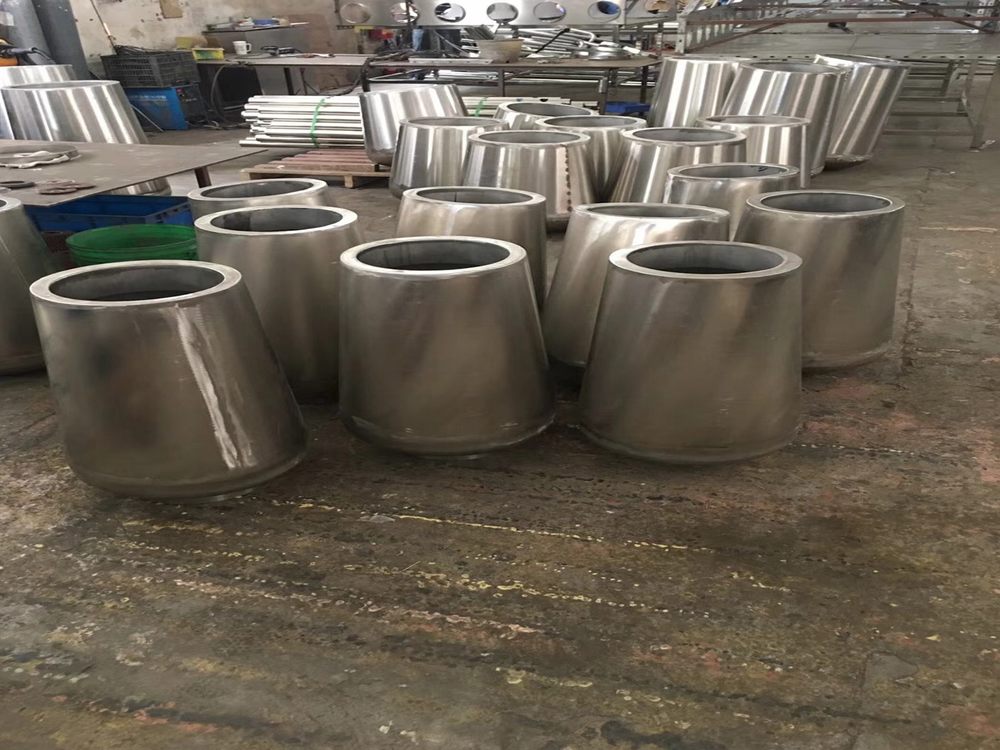
Artists crafting monumental metal sculptures face a unique challenge: how to balance imposing scale with a sense of intimacy. By manipulating proportion and scale, they create works that feel both grand and deeply personal.
One technique involves contrasting large overall forms with finely detailed, human-sized elements. A towering steel figure might feature intricately crafted hands or a face at eye level, drawing viewers into a quiet moment within the expansive work. The juxtaposition of massive structures with delicate textures creates visual tension that heightens emotional impact.
Strategic placement plays a crucial role. Sculptors often position key elements where viewers naturally focus - at standing or seated eye level. This creates private encounters within public spaces, as if the artwork shares secrets with each observer.
Negative space becomes another powerful tool. By framing voids within metal frameworks, artists create intimate viewing pockets that shelter observers from the sculpture's full magnitude. These contained spaces foster personal reflection amid overwhelming scale.
Material choices enhance this effect. The cold permanence of metal contrasts with organic, flowing forms that suggest vulnerability. When polished surfaces reflect viewers' images back at them, the artwork becomes a mirror for personal connection.
Through these methods, artists transform industrial materials into vessels of human emotion. The most successful monumental sculptures don't just dominate spaces - they create moments of quiet communion between artwork and observer, proving that intimacy can flourish even in grandest scales.

